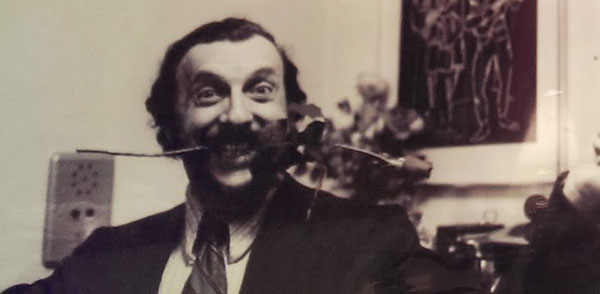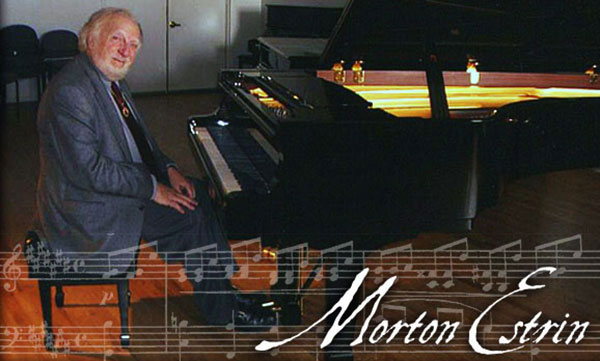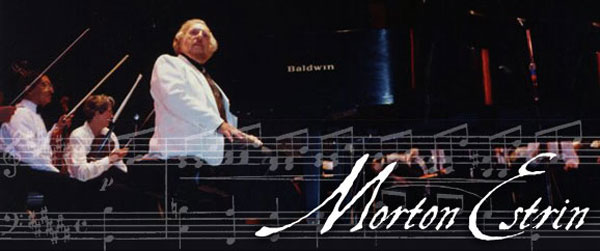There is a lot of conflicting information about this topic floating around online. When it comes to rebuilding a piano or buying a rebuilt Steinway piano, you will encounter a lot of different opinions from various sources.
There are some people who believe that if you rebuild a Steinway with different parts (other than those provided by Steinway directly) the piano shouldn’t even be considered a Steinway anymore. This might sound a little extreme but there is some truth to this claim. If you replace the soundboard on a piano, it is a fundamentally different instrument. The soundboard is responsible to a great extent for the tone of the piano. Replacing it changes something intrinsic to the instrument. Much like removing the top of a Stradivarius violin means it’s not a Stradivarius anymore. The same rule applies to pianos – if you remove the soundboard it’s no longer the same as the original piano.
However, there are a lot of other parts on the piano besides the soundboard. What about strings, hammers, felts or one of the dozens of other parts on a piano? There is a lot of misinformation out there about this subject and I will do my best to clear this up.
There are two reasons you will hear people dissuade you from purchasing a rebuilt piano or rebuilding one of your own. On one side you have people who are generally trying to help customers avoid making mistakes. There are some rebuilders out there who will use substandard parts or not deliver the quality of instrument they really should. This is not a common practice but it is something to be aware of and why you should really have a technician check out any rebuilt instruments if you’re buying from an unknown source.
On the other side, the largest competitor to new Steinway & Sons pianos are used Steinway pianos! The market for used Steinway pianos is very strong because there is a large market for Steinway pianos in general. New Steinway pianos often cost a significant amount more than used Steinways and many people have their minds made up that they will only purchase a Steinway piano. Instead of breaking the bank, a lot of people will purchase high quality used pianos. It is in Steinway’s interest to sell as many new pianos as they can and dissuade buyers from purchasing used Steinway pianos.
So when it comes to the original question, do you need to rebuild a Steinway with Steinway parts? Yes, if they are the right match. There is a big caveat to rebuilding with only Steinway parts; they are not actually a parts manufacturer. The only parts they have on hand are for pianos they are currently building. So let’s say you had a 1932 Steinway Model M and a novice rebuilder wants to replace many of the action parts. They might call up Steinway and ask for parts for a Model M. After the rebuilder finishes and installs the parts, he might find out that the specifications are not correct for that particular piano. Some of the new parts won’t match what they had made in the past: the action weight could be off, the geometry might be wrong, there is a whole host of possible issues.
In some cases, Steinway parts are not the appropriate parts to use. For example, you could purchase Abel hammers or parts from Renner that could match the original specifications much closer. In fact, Renner provides all the action parts for Steinway pianos made in Hamburg, Germany. So no, it’s not wrong to use other parts from high quality manufacturers many of which will provide parts that match particular vintages of pianos better than what Steinway may have available at that time.
The biggest factor in rebuilding a piano is to use high quality parts that are the right match for that particular piano. It takes a knowledgeable rebuilder who has worked with Steinway pianos a great deal to make the right choices.
Thanks again for joining me Robert Estrin Robert@LivingPianos.com













